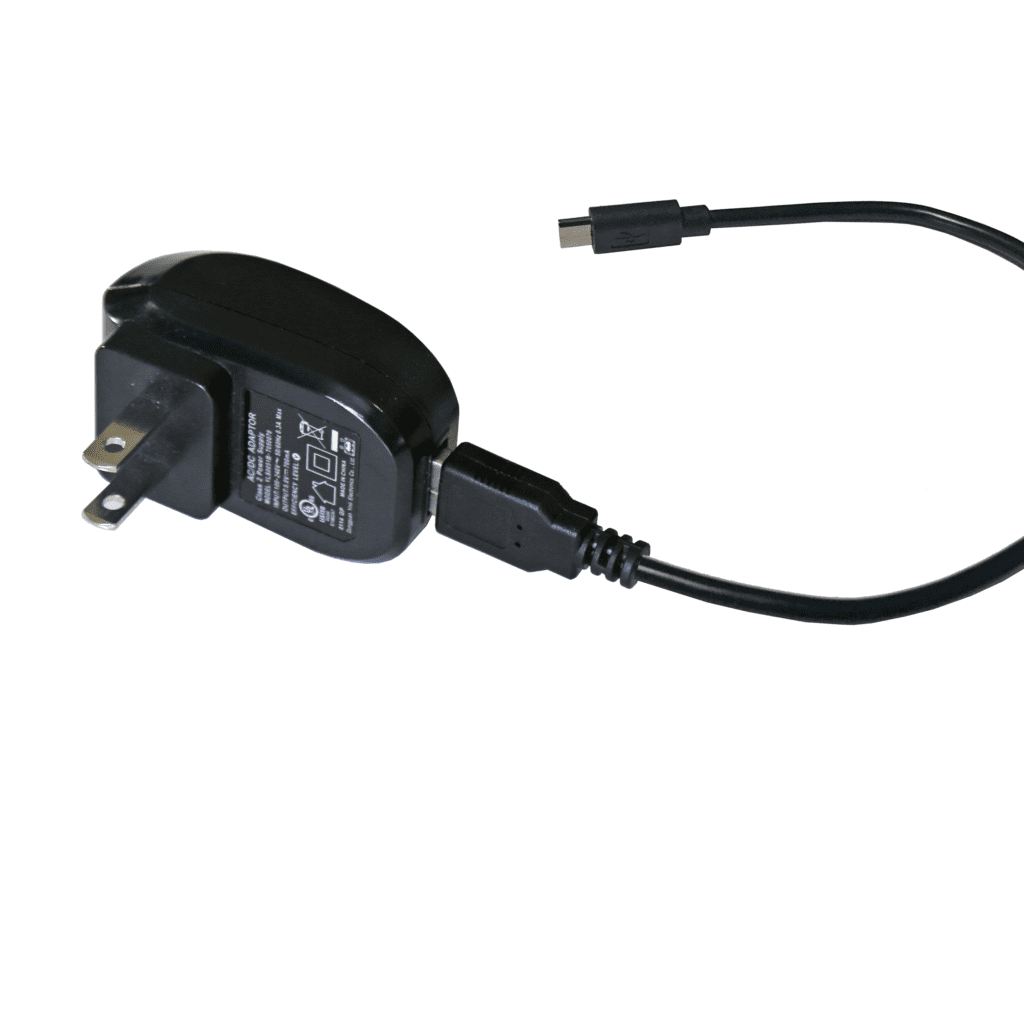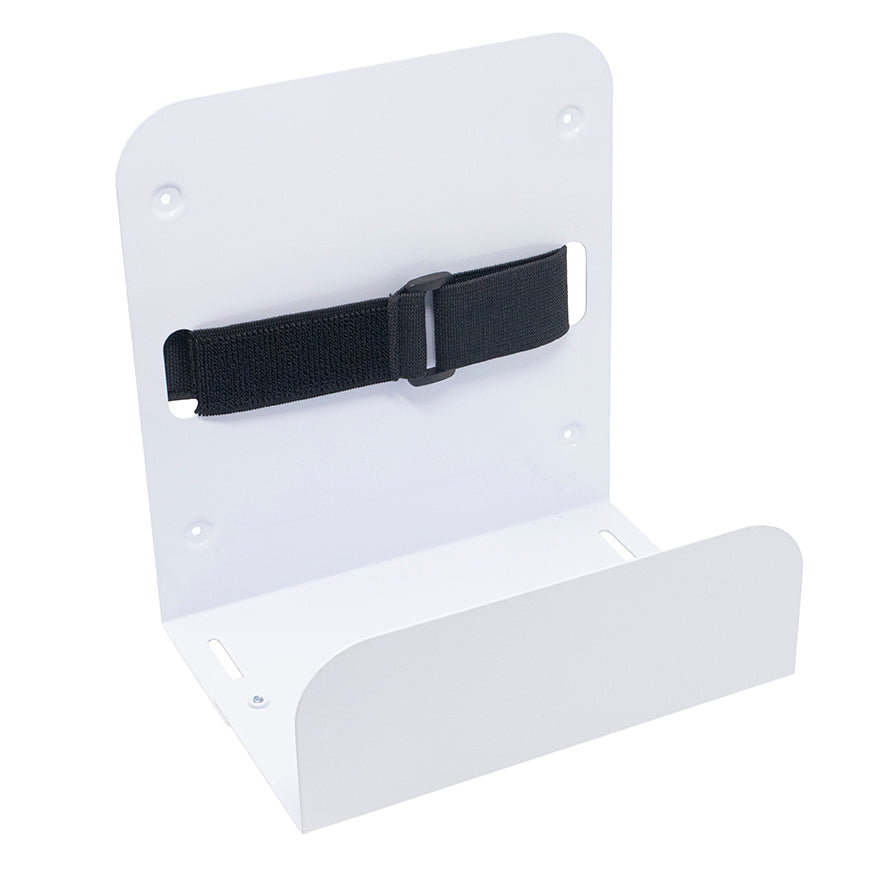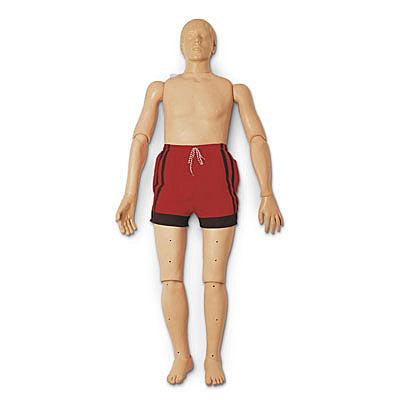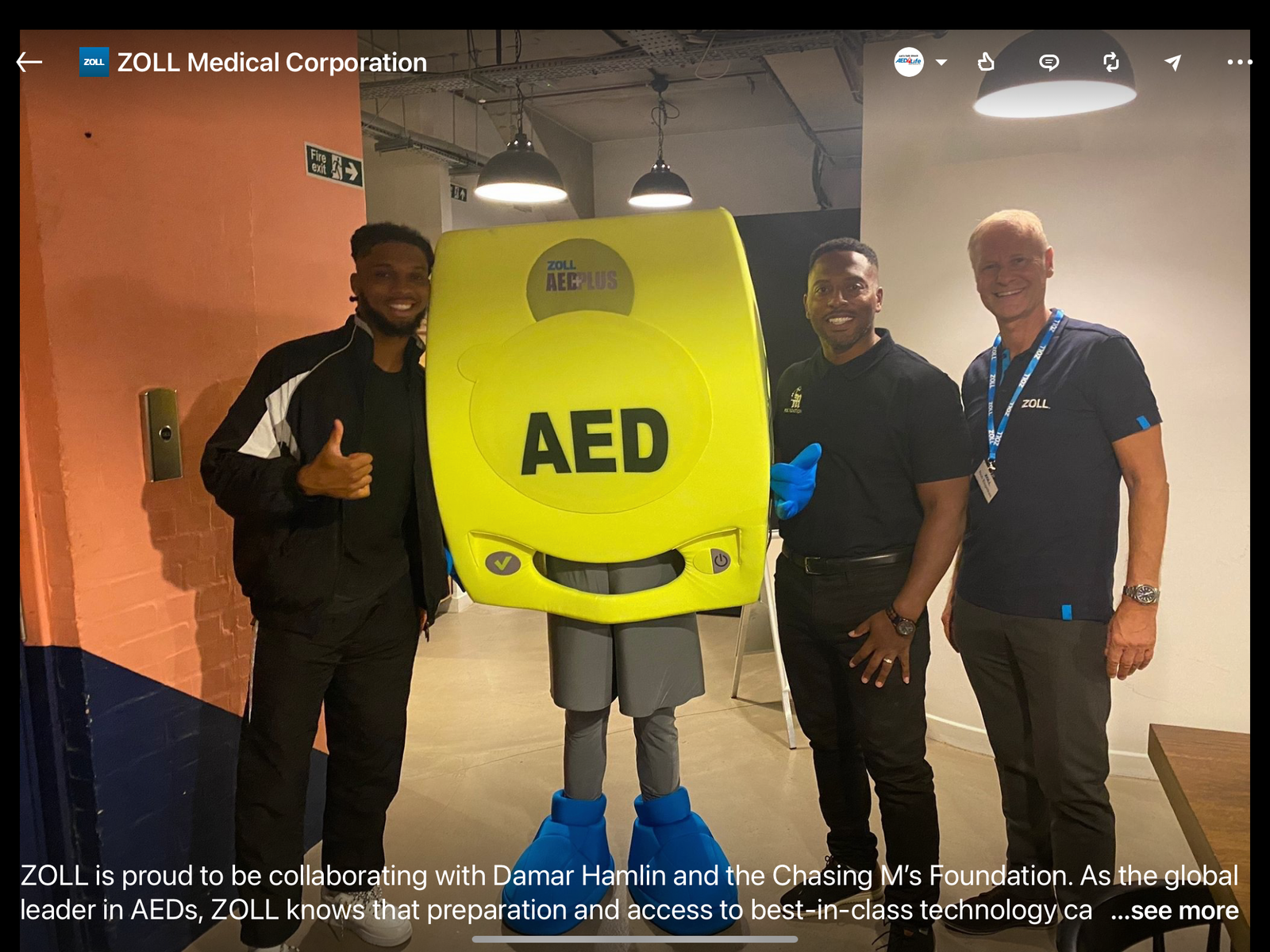Empowering Bystanders.
Automated External Defibrillators (AEDs) are important to have in communities for several critical reasons:
1. Rapid Response to Cardiac Arrest: AEDs allow for immediate intervention in cases of sudden cardiac arrest, which is a life-threatening emergency. Prompt defibrillation significantly increases the chances of survival.
2. Time is of the Essence: During cardiac arrest, every minute without defibrillation reduces the chance of survival by approximately 7-10%. Having AEDs readily available in the community ensures that early defibrillation can occur before professional medical help arrives.
3. Accessibility and Availability: Placing AEDs in public spaces, such as airports, shopping malls, sports facilities, and other high-traffic areas, makes them accessible to a larger population. This increases the likelihood that someone experiencing cardiac arrest will have access to an AED.
4. User-Friendly Operation: AEDs are designed to be user-friendly and can be used effectively by individuals with minimal training. They often provide clear voice prompts and visual instructions to guide users through the process.
5. Empowering Bystanders: Having AEDs in the community empowers bystanders to take immediate action in an emergency. This can be crucial, especially in situations where professional medical help might be delayed.
6. Enhancing Chain of Survival: The "Chain of Survival" is a sequence of steps that, when implemented promptly, increases the chances of survival from cardiac arrest. Early access to AEDs is a vital link in this chain.
7. Covering Gaps in Emergency Response: In some cases, professional medical help may take longer to arrive, such as in remote areas or during traffic congestion. AEDs help bridge this gap and provide life-saving intervention in the critical early minutes.
8. Reducing Response Time for First Responders: AEDs in the community can be used by trained first responders like police officers, security personnel, and even some bystanders, allowing them to initiate life-saving measures while waiting for EMS to arrive.
9. Complementing CPR Efforts: While CPR is crucial in sustaining blood flow, defibrillation with an AED is the most effective treatment for certain types of cardiac arrhythmias, particularly ventricular fibrillation.
10. Saving Lives: Ultimately, the presence of AEDs in the community can significantly increase the chances of survival for individuals experiencing sudden cardiac arrest, contributing to a healthier and safer community overall.
For these reasons, widespread access to AEDs in the community is advocated and supported by various medical organizations, public health initiatives, and regulatory agencies.














